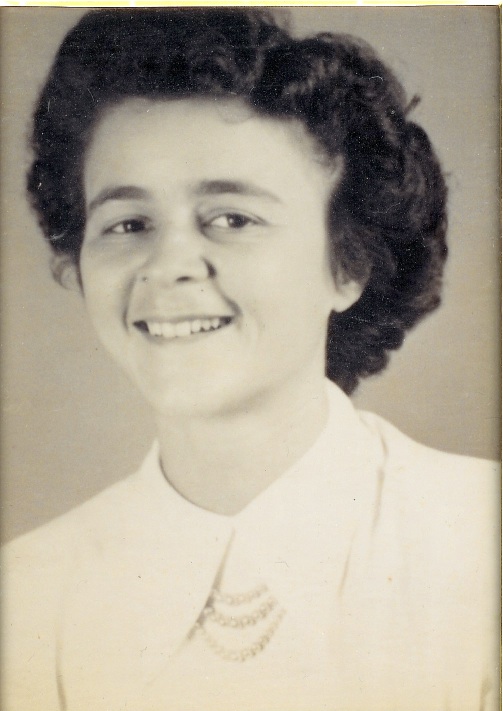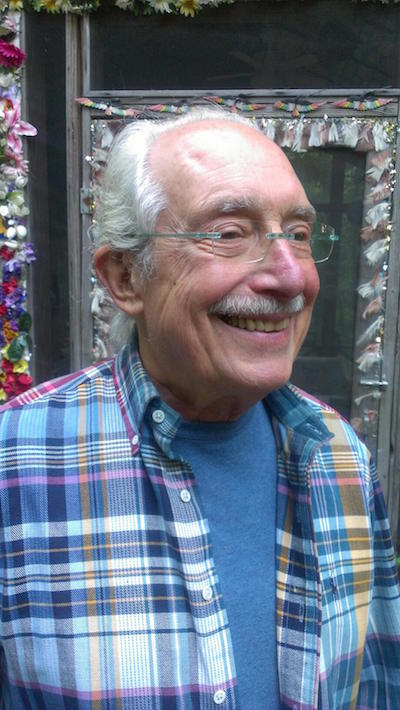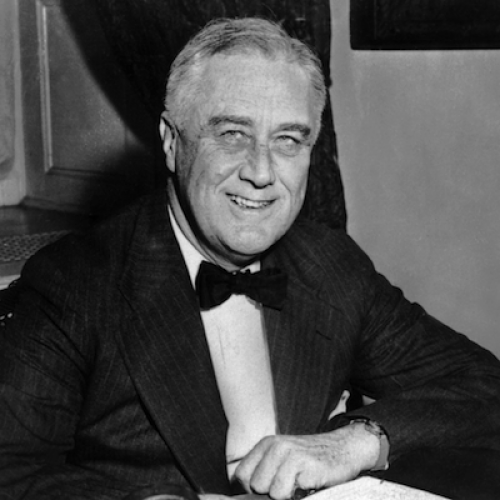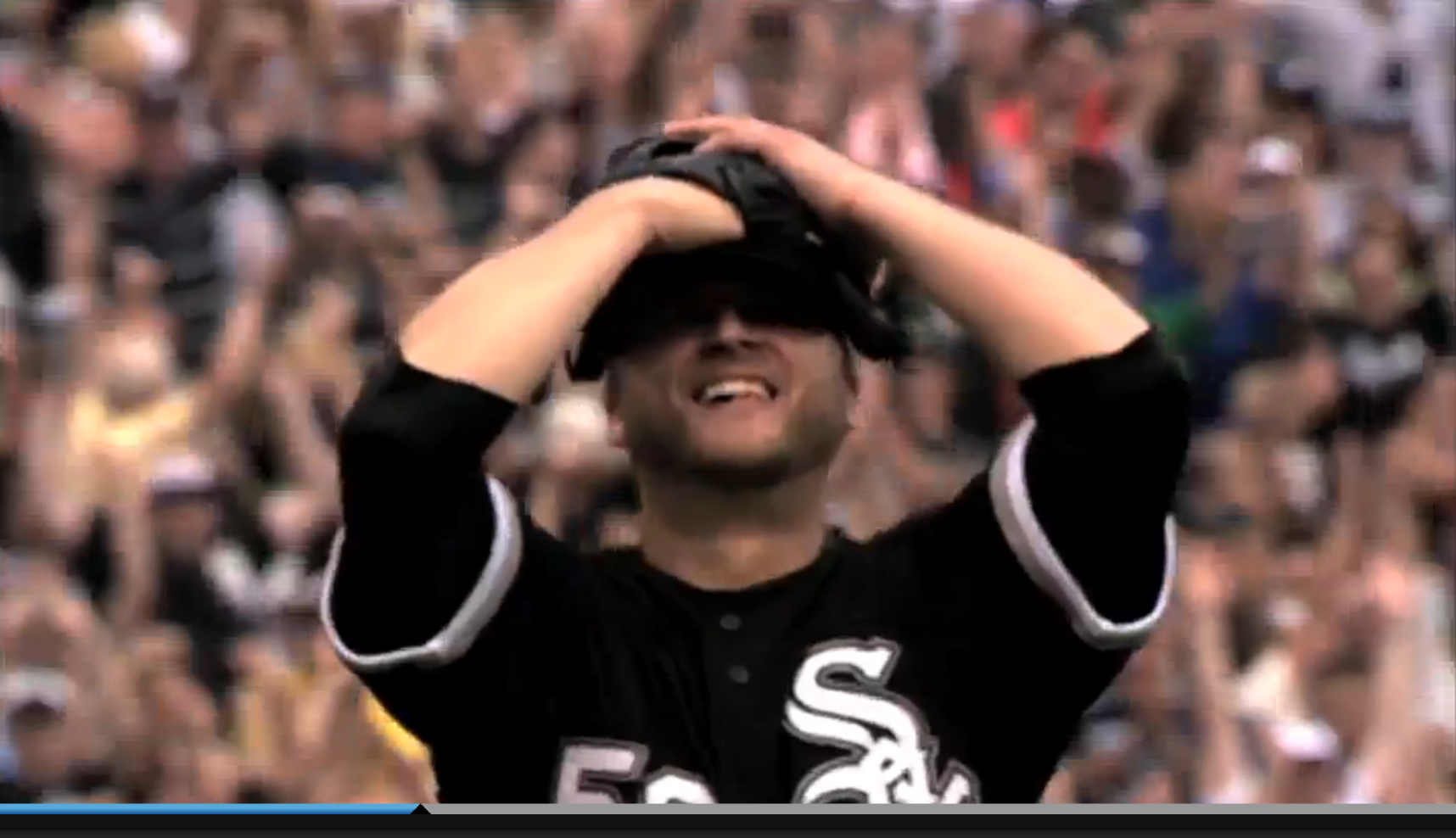Taking Uber with a guide dog: jury still out
May 12, 2016 • 11 Comments • Posted in blindness, guide dogs, Seeing Eye dogs, Uncategorized In 2014 I had an op-ed piece published in the Chicago Tribune called “Should ride-sharing services adhere to the Americans with Disabilities Act?” Well, two years later, ride-sharing for people with disabilities — namely, those of us who use service dogs — is back in the news.
In 2014 I had an op-ed piece published in the Chicago Tribune called “Should ride-sharing services adhere to the Americans with Disabilities Act?” Well, two years later, ride-sharing for people with disabilities — namely, those of us who use service dogs — is back in the news.
Up to now Uber has not required drivers to allow people who use service animals in their cars. The only reference to animals in their policy statement was one that says they “leave the decision whether or not to transport pets at the discretion of your driver.”
Since Uber cars are privately owned and operated by independent contractors, Uber maintains they don’t have to follow the Americans with Disabilities Act (ADA). The ADA says “public transportation authorities may not discriminate against people with disabilities in the provision of their services,” but it doesn’t say anything about private rides.
Uber identifies as a technology company — not a transportation company — and claims it is not required to provide ADA-mandated vehicles. Their stance has stirred criticism from disability advocate groups, and in 2014 the National Federation of the Blind of California filed a suit claiming many Uber drivers have refused to take passengers with guide dogs.
Uber denied discriminating and argued that, as a ride-hailing service that merely connects drivers and passengers, it wasn’t covered by laws that require taxis and other transportation services to carry a passenger’s service animal.
A federal magistrate in San Francisco refused to dismiss the suit last year, leading to a settlement late last month before the case was scheduled for trial. According to the agreement, Uber will tell their drivers they have an obligation to carry guide dogs, and Uber will also be required to dismiss any driver who knowingly violates that policy a single time. The Uber site has added a paragraph to its “bringing along a pet” page about service dogs now, too. It reads:
Please note: All drivers are required by law to transport service animals. If you experience issues using Uber with your service animal, please reach out to us by reporting an issue with your trip.
Is it me, or does that language seem a little evasive? All drivers are required by law…. Uber will also be required to dismiss any driver who knowingly violates…. Required under the settlement — who’s monitoring and who’s enforcing? This smells like it’s still putting the burden on the guide dog user who has been refused the service to ultimately press the case.
The settlement was proposed to the court on April 29, 2016, and copies are available online.
I want this to be good news. But who exactly do we “reach out” to if a driver refuses to pick us up? Uber has become somewhat notorious for non-responsiveness, and connecting with a human seems nearly impossible. I know exactly what to do if a taxi refuses service. Contact the City of Chicago office that handles such complaints, online or by phone. I’ve done it, and it works. And the ongoing enforcement helps keep taxi drivers honest (I’m happy to report that it’s been years since I’ve had cause to complain about a registered Chicago cab driver refusing to take my guide dog).
I’m still left with some questions about Uber. Will this new policy they’ve agreed to only apply in California, or all over the United States? Can Uber still claim that because they simply connect drivers with passengers, they don’t have to adhere to the Americans with Disabilities Act?
If you ask me, when it comes to Uber, the jury is still out.



